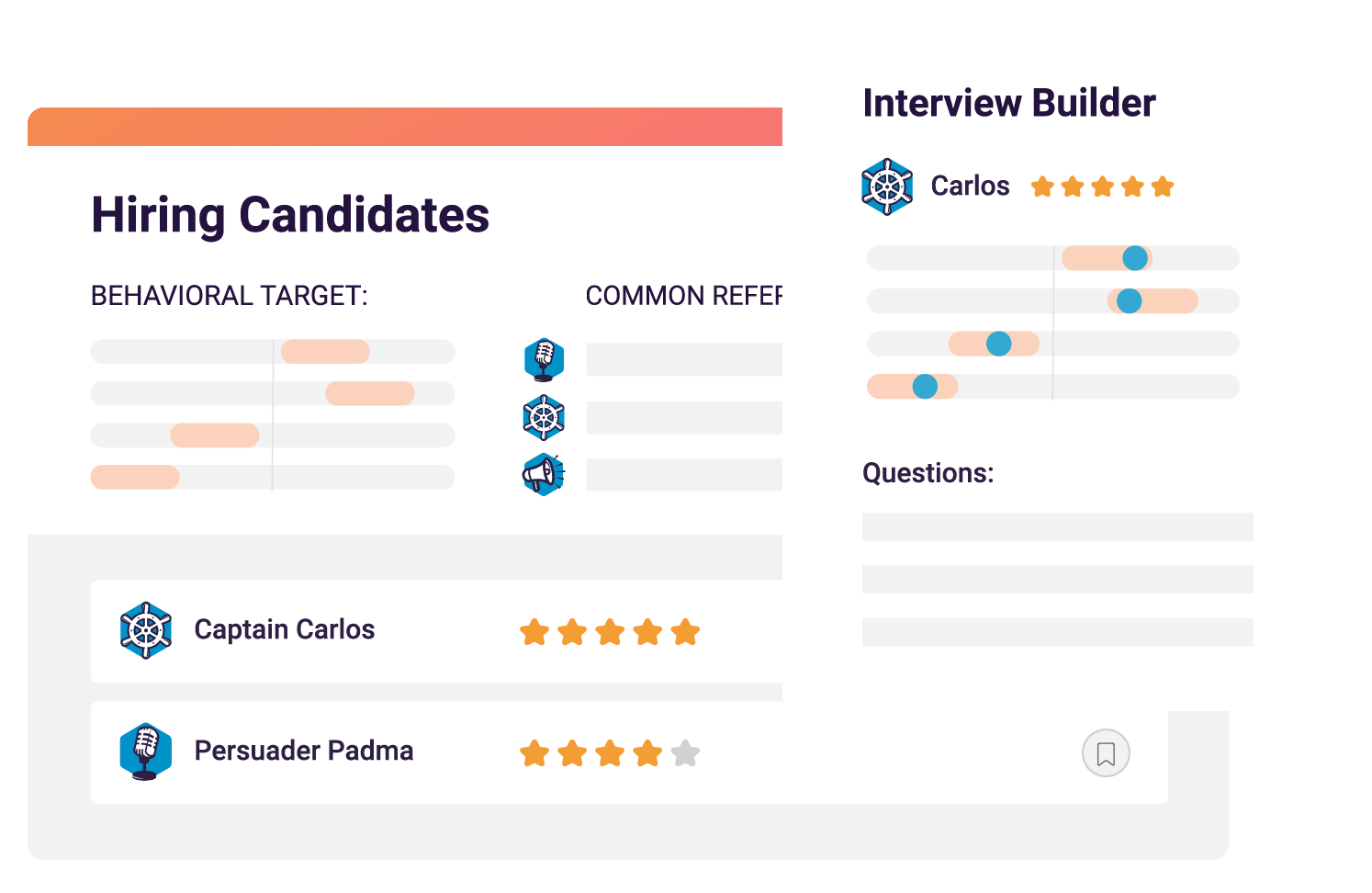Business leaders, can we talk? I’ve got some good news and some bad news.
First the bad news:
The vast majority of your businesses–regardless of your company size or industry–won’t reach their full potential this year. Instead, a variety of people issues will create risk for your business and destroy value. This “people tax” will come in the form of missed sales targets, delayed product launches, falling behind a key competitor, and other people-centric business maladies.
For your business to operate at its full potential, you have to get the people part right. This requires fully aligning your people practices with the fundamental needs of your business. This isn’t happening in most organizations, and HR is a big reason why.
Here are four factors fueling this troubling disconnect between HR and the needs of the business:
1. HR wasn’t created to solve the problem.
The human resources field traces its roots back to the Industrial Revolution. Working conditions at the time were quite poor, and business owners held all the cards. Over time, new departments with names like “personnel” and “labor relations” emerged to advocate for industrial regulations. The field gradually turned its attention to process efficiency, compliance, and administration.
Of course, HR has and will continue to play an important role in organizations, but it’s separate from the issue on the table: aligning people practices with the essential needs of the business.
HR teams have spent millions of dollars implementing applicant tracking systems and HR information systems. But without an essential linkage to the business, all these tools do is help you bring the wrong people into your organization more efficiently than ever and miss opportunities to help people contribute at their best. Wonderful.
Business leaders ask HR to “be strategic” or “partner with the business,” but some HR professionals simply can’t do these things. The few who can are actually performing two separate roles, not a single evolutionary one.

2. HR has competing goals with the business.
Based primarily on its history and mission, HR is rightfully focused on efficiency, diligence, reliability, and compliance. Modern business practice looks much different by contrast. In an age of technological innovation, hyper-competition, and rapid change, business success requires flexibility, a willingness to take chances, and a fluid and dynamic mode of operation.
It’s unfair to task HR professionals to “go by the book” in the morning and to “go fast” in the afternoon. There’s a reason there’s no such thing as a “minimum viable hiring process.” These designs have competing goals.
3. The HR function doesn’t receive business education or have operating experience.
For most HR practitioners, education is steeped in process and policy to keep organizations on the right side of the line. Even so, you’re certainly not training your HR pros in the critical inner workings of your own business. Your managers aren’t either. Instead, they likely treat your HR staff transactionally rather than as trusted business partners and advisors.
This helps explain why so many of today’s noted talent leaders have come from non-HR roles. Take Laszlo Bock of Google fame; the author of “Work Rules” recently served as Senior Vice President of People Operations at Google. His prior experience? He was a management consultant at McKinsey. What about 2018 HR Executive of the Year, Diane Gherson, the Chief Human Resources Officer from IBM? She was a practice lead at another consulting firm, Towers Watson. Their operating experiences clearly served these now-HR leaders quite well.
Without a thorough understanding of business methods, objectives, mechanics and operating challenges, HR cannot become the strategic function we need to plug the gaps in our people practices.
The best in the field have had to work hard to overcome the HR label by demonstrating real business acumen and partnership in the trenches. One of my favorite examples of this comes from PI’s own VP of People Operations, Jackie Dube who said, “‘HR’ means many things to many organizations. When professionals in the human capital field have leadership that is invested in the people and talent required to accomplish the business strategy, there is a stark difference in how much value can be created. Understanding business AND people is paramount for talent leaders in every organization.”
4. HR has the wrong tools.
HR is celebrating a rise in people analytics. So far so good. What executive doesn’t want their functional leads to be data-driven? Take a look under the hood, however, and you’ll find an endless stream of HR smog. Retention metrics, absence rates, and training expenditures per employee are common examples of HR metrics. HR’s current analytic approaches also focus only on individuals while the most meaningful work is produced through collective team interactions.
In terms of people analytics and tools, business owners are justified for having an attitude of, “I can see why these things are important to you, but these are not the things I lose sleep over.” Business leaders think in terms of EBITDA, ACV, LTV, and CAC rather than time to fill, diversity, and organizational well-being. All these things matter, of course, but it’s no wonder there’s a gulf between the two camps.
Join 10,000 companies solving the most complex people problems with PI.
Hire the right people, inspire their best work, design dream teams, and sustain engagement for the long haul.
And now, for the good news:
So you think I’m speaking out of school? Here’s a little secret: HR knows it has an image problem.
I submit as evidence the popular information sharing site and conference series DisruptHR. Maybe you’d like to meet up in Las Vegas in March for HR Transform? You should also connect with Tracie Sponenberg, SHRM-SCP, SPHR, an outstanding business leader who has recently launched HR Rebooted. And it’s no wonder that Harvard Business Review runs with issue titles like “It’s time to blow up HR and build something new.”
These examples show that there’s an awareness of the growing chasm between business and HR-as-usual, as well as a willingness to make a change. In my book, that means there’s hope for defining a better way of doing business and for creating a better work experience for employees everywhere.
Now, are you ready for some great news?
Getting the people part right is more achievable than ever. A new discipline, talent optimization, is emerging. It’s a simple but powerful framework and a set of techniques that concretely align people strategy and execution to the business strategy. Its goal is to optimize what really matters—business results.
While talent optimization is about business and people, it’s not about HR.

My advice to business leaders
Stop looking to HR to solve your people problems. Hopefully, you have a trusted, strategic HR professional in your organization, and you want them to be a big part of your business solution. If that’s the case, change the narrative and encourage them to become a talent optimizer instead.
Then you can prepare to engage in a new conversation as strategic business partners. This is a conversation that will take your business to new heights.








